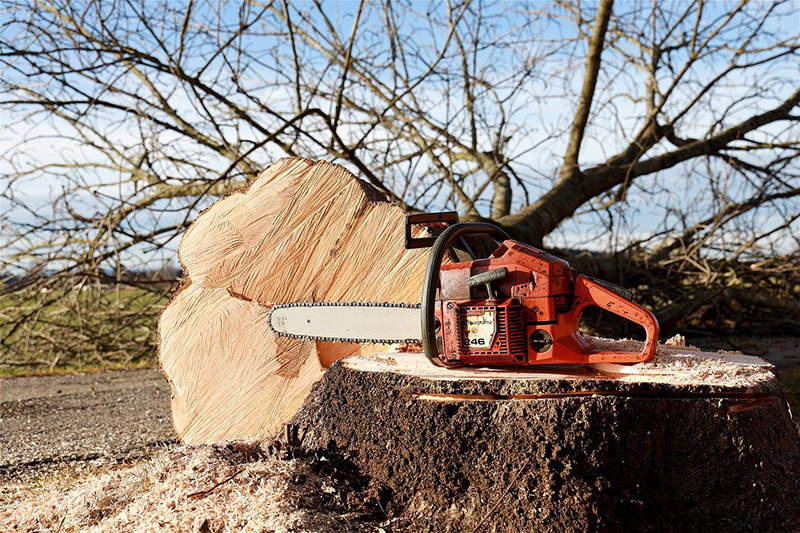The Art and Science of Tree Trimming and Removal: Ensuring Beauty and Safety
In the realm of landscaping and environmental maintenance, few tasks hold as much importance and complexity as tree trimming and removal. Beyond merely shaping the aesthetics of our surroundings, these practices are pivotal for maintaining safety, promoting tree health, and preserving the integrity of ecosystems. Let’s delve into the art and science behind tree trimming and removal, exploring their significance and best practices.
Understanding Tree Trimming: Tree trimming, often referred to as pruning, is both a science and an art. It involves the selective removal of branches or parts of a tree to enhance its structure, health, and appearance. When executed skillfully, trimming can encourage proper growth patterns, reduce the risk of disease, and mitigate hazards posed by overgrown limbs.
The Science Behind It: Pruning isn’t a one-size-fits-all task; it requires an understanding of tree biology and growth habits. Proper cuts must be made at the right time and in the right places to avoid harming the tree. For instance, removing dead or diseased branches promotes overall tree health, while strategic thinning can improve air circulation and sunlight penetration.
The Art of Pruning: Beyond the technical aspects, there’s an artistic component to tree trimming. Experienced arborists possess an eye for aesthetics, shaping trees to complement their surroundings while maintaining their natural beauty. Through careful pruning, they can create visually pleasing forms, whether it’s a classic canopy or an intricate topiary.
Ensuring Safety Through Tree Removal: While trees are beloved features of landscapes, there are situations where removal becomes necessary. Diseased, damaged, or structurally compromised trees can pose significant hazards to property and safety. In such cases, professional removal is crucial to prevent accidents and mitigate risks.
Assessing the Need for Removal: Arborists conduct thorough assessments to determine whether a tree should be removed. They consider factors such as the tree’s health, proximity to structures, and the presence of decay or pest infestations. Additionally, they evaluate the root system to gauge stability and potential for damage.
Safe and Responsible Removal Practices: Tree removal is not a task to be taken lightly. It requires careful planning, specialized equipment, and adherence to safety protocols. Professional arborists employ techniques such as directional felling and crane-assisted removal to ensure precise and controlled dismantling of trees, minimizing the impact on surrounding areas.
Environmental Considerations: Beyond safety concerns, environmental preservation is a critical aspect of tree removal. Arborists prioritize practices that minimize disruption to ecosystems and mitigate any adverse effects on local flora and fauna. They may recommend alternatives such as transplanting or replanting to maintain biodiversity and ecological balance.
The Role of Community Engagement: In urban settings, tree removal often sparks community debate, particularly when it involves mature or historically significant trees. Effective communication and community engagement are essential to address concerns and garner removal support when necessary. Transparent dialogue can foster an understanding of the reasons behind removal and facilitate collaborative solutions.
Conclusion: Tree trimming and removal are indispensable tools for maintaining the health, safety, and beauty of our landscapes. By combining scientific knowledge with artistic skill and a commitment to environmental stewardship, arborists play a vital role in preserving our natural surroundings for generations to come. Whether shaping majestic canopies or carefully dismantling aged giants, their work ensures that trees continue to enrich our lives while safeguarding our well-being.

2 Comments